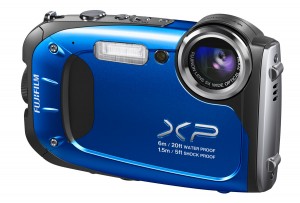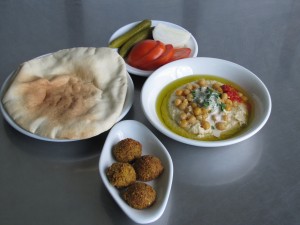What kind of camera should I bring?
Coming to the Land of Israel on holiday/pilgrimage/vacation/family visit is no small thing. The price of airline tickets, hotels (and a guide) do not come cheaply.
This will be a trip that you will take home with you and cherish the memories for the rest of your lives.
Many of us take photos and videos of our trips to help us relive those fantastic moments. Some of us will even buy a camera for the trip. As a private tour guide in Israel, I am sometimes asked what kind of camera to bring.
Today, smartphones (like the iPhone 5s, Samsung Galaxy 4, for example) are equipped with very simple to use, but sophisticated cameras which can take excellent photos and videos.
However, when you want to zoom into your scene using a smartphone, the picture will lose quality.
Also, I don’t recommend using your smartphone in harsh or adverse conditions like the Dead Sea or the desert on a windy day and certainly not near the pool!
Some really good digital cameras have been announced recently like the Nikon Df and the Sony a7 and a7r, but these are full frame (don’t worry if you don’t know what that means) digital cameras for serious photographers and cost about $3,000!
However, the Nikon doesn’t shoot video and you don’t Sony, though a landmark camera, still costs 3k and you can’t take it surfing.
There is an easier and less costly alternative: a weatherproof camera. All the big companies like Nikon, Canon, Pentax, etc., make them.
They range from $120 to $300, but I would like to recommend one in particular – the Fujifilm XP60. Coming in at about $150, this thing takes great photos and videos (HD) and you can even scuba dive with it (imagine tossing your smartphone to your 11 year old in the pool)!
Don’t take my word for it. Google “best weather proof cameras” and start reading.
Enjoy!



